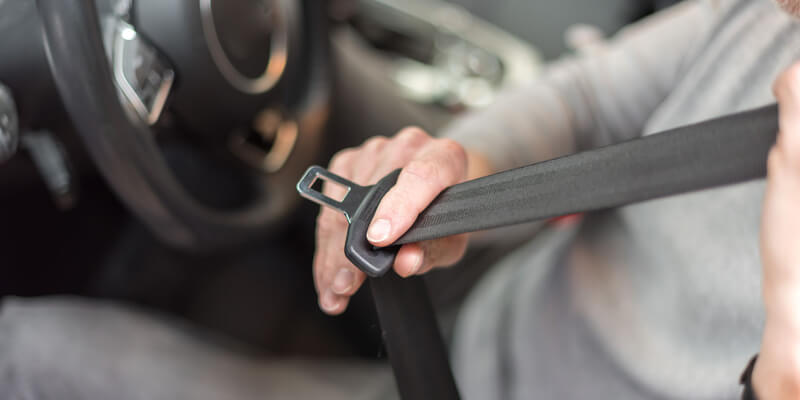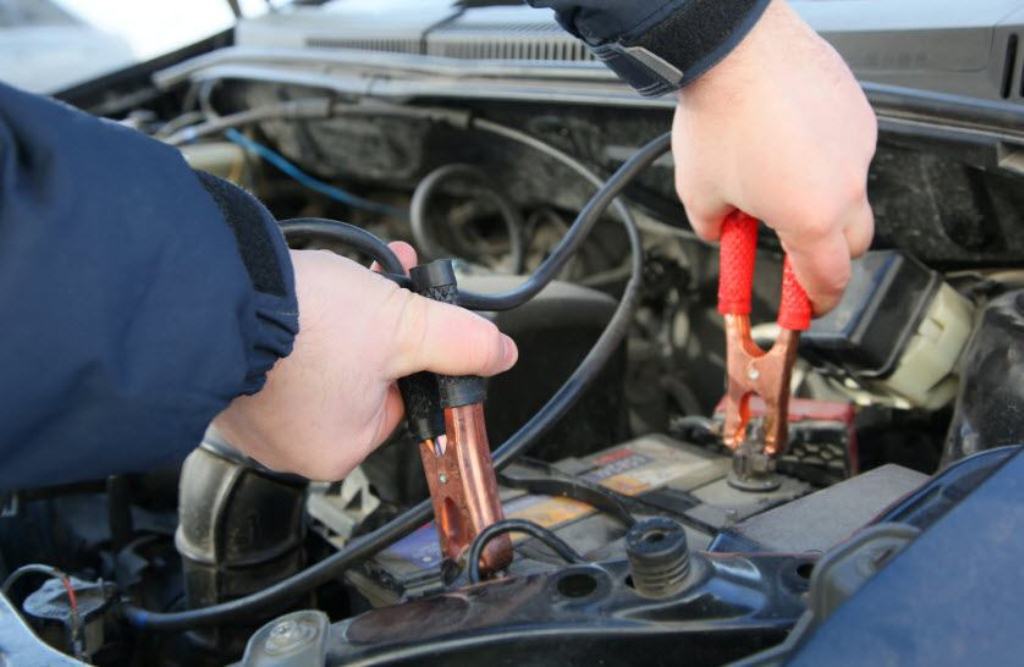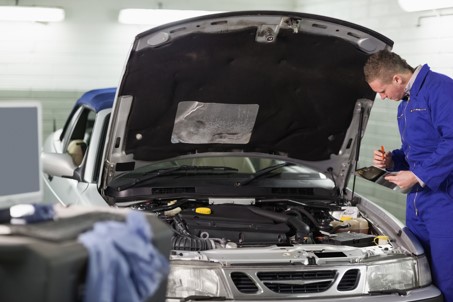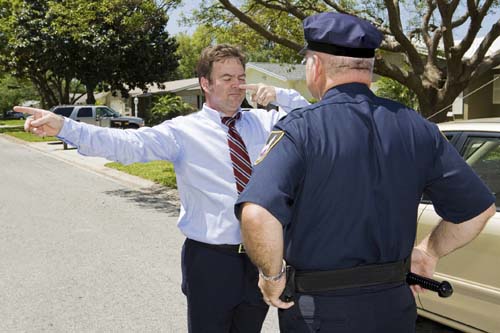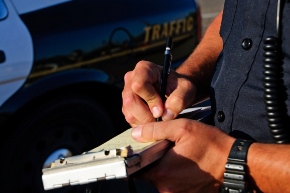Putting on a seat belt should already be an immediate response after getting in any car – both as a driver or a passenger.
According to the National Highway Traffic Safety Administration (NHTSA), in 2014 alone there were over 9,000 fatalities in the US due to unbuckled passengers. And while in recent years the US has achieved a new, all-time record seat belt use rate of 90%, still, more than 27 million Americans don’t buckle up when in a car.
While many may complain that wearing a seat belt is uncomfortable to wear or simply unnecessary for short trips, the fact of the matter is: seat belts save lives. While wearing a seat belt, you can reduce the risk of fatal injury in nearly half. This is a giant return on investment for the two seconds it takes to buckle up.
Here are 10 reasons why you should be wearing a seat belt:
1) It’s The Law – Illinois is the third state in the US to enact a mandatory seat belt law for adults, putting the state at the forefront of traffic safety regulations. It mandates anyone riding in the front of a vehicle to have a seat belt fastened. It also makes it mandatory for any passenger under the age of 19 with an 18-year-old driver to be buckled up. Any passenger under the age of 16 with a driver older than 18 to be buckled up, and any child under the age of 8 to be secured in a child safety seat.
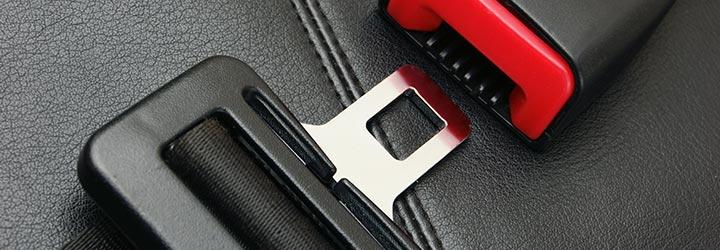
2) Your face is less likely to hit the windshield when wearing a seat belt. If your car is going at a high speed and suddenly stops, a seat belt would prevent the driver from hitting the windshield at the same speed.
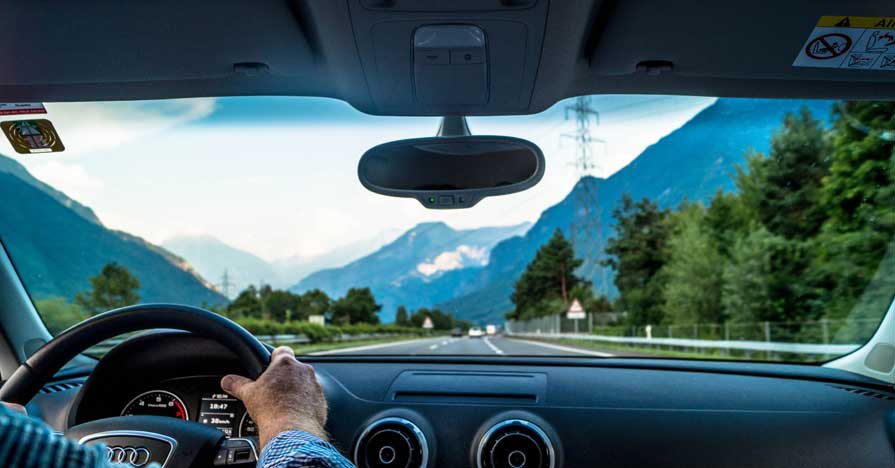
3) Wearing your seat belt keeps you from being ejected from your vehicle.
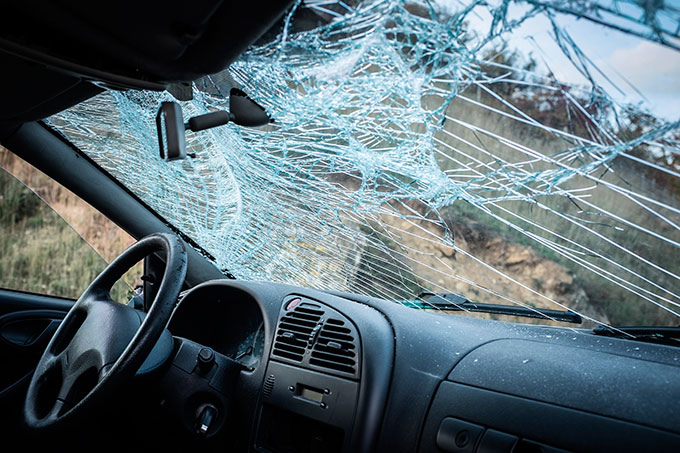
4) Wearing a seat belt can prevent passengers from crashing into each other. It keeps everyone put and comfortable.

5) Not wearing a seat belt could diminish the effectiveness of airbags. If not buckled up, you can still be thrown out of your car and crash into things. In addition, without your seat belt, your body may not be in a position where your airbag could protect you properly.
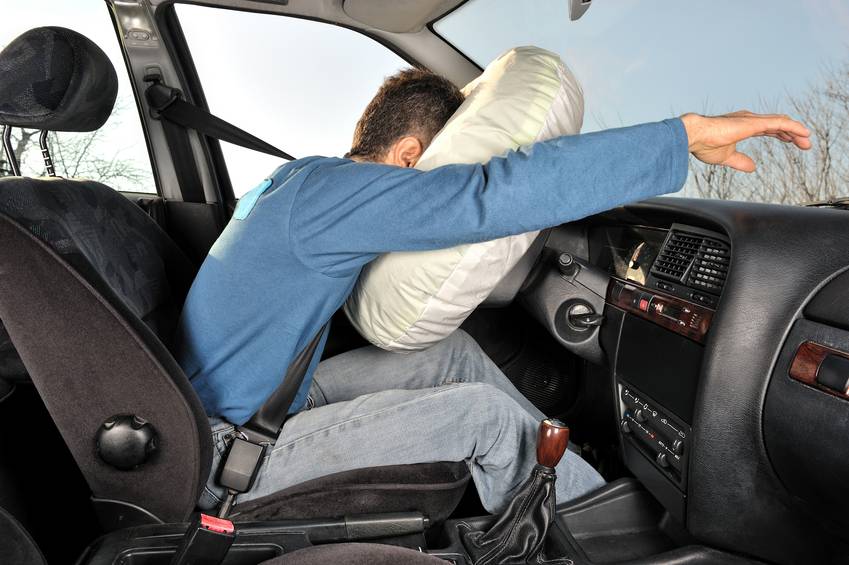
6) Wearing a seat belt could help save your life. In 2016, nearly 15,000 lives were saved due to proper seat belt use. However, 2,500 more lives were lost because they weren’t buckled up.
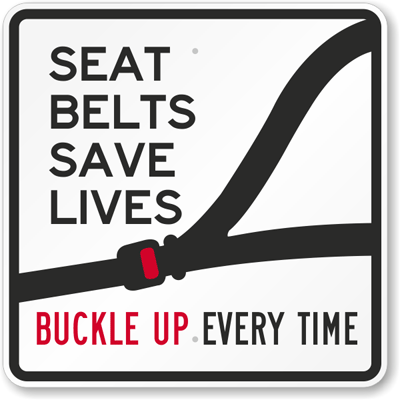
7) Despite new safety measures and technologies, seat belts remain a top vehicle safety device.

8) Wearing a seat belt increases the chances of being unhurt if an accident that results in fire or submersion. Your chances of getting out increase.
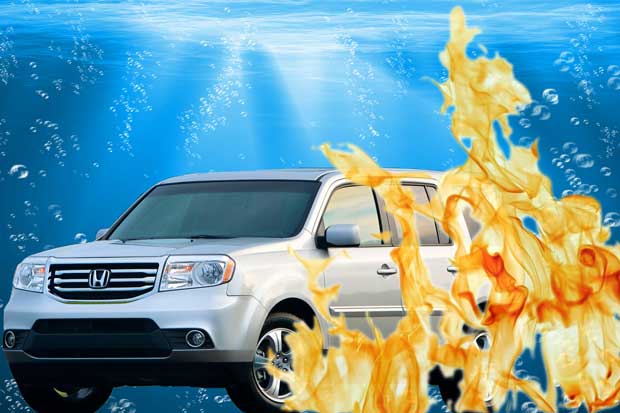
9) Seat belts prevent the driver from shuffling in their seat and hitting the door or steering wheel while driving. Some roads are unpredictable and cause the driver to move around; a seat belt can help prevent that.

10) Wearing a seat belt can help keep you and your family safe. What else could you ask for?

So, before you say wearing a seat belt makes you uncomfortable, remember the many reasons why buckling up is a positive habit that everyone should have.
Signed,
Amigo Insurance

